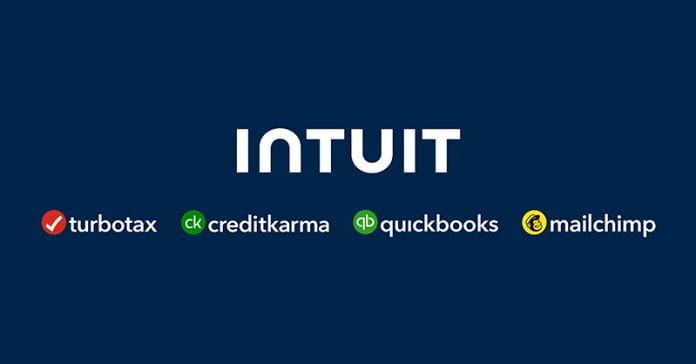A new report by Intuit’s Mailchimp, titled Holiday Shopping Unwrapped, reveals that the holiday shopping season is expanding, now comprising seven distinct phases. This research offers small business owners invaluable insights into consumer behavior during this crucial sales period, unraveling the motivations that drive shoppers throughout the season.
Jillian Ryan, Senior Manager of Content Strategy at Mailchimp, emphasizes, “The key to effectively reaching holiday shoppers is understanding where consumers are—physically, emotionally, and culturally—during every phase of the holiday season.” Knowing these phases will empower business owners to tailor their marketing strategies, maximizing their outreach in a competitive landscape.
Research indicates that the holiday shopping cycle now initiates as early as October, with 43% of shoppers already making purchases linked to major sales events during what’s termed the Early Lead-up phase. This starkly contrasts traditional beliefs regarding holiday shopping, suggesting that business owners should not overlook the potential for early marketing initiatives.
Understanding the seven phases allows small business owners to capitalize on consumer habits:
-
Early Lead-up: In October, many consumers initiate their gift lists, driven by early sales events like Amazon’s Prime Big Deal Days. This phase indicates that business owners should consider promotional strategies to engage customers early.
-
Pre-peak Sales: November typically sees heightened receptivity to holiday shopping cues, where the social joy of giving can outweigh the appeal of discounts. This insight can motivate businesses to focus on emotional storytelling in their marketing materials.
-
Peak Sales: The height of the shopping season during Black Friday and Cyber Monday sees a frenzy of deal seekers—75% of global shoppers participate in at least one promotional event. This is the time for small businesses to implement strategic discounts and promotional offers to attract bargain hunters.
-
Festive Phase: Early December transitions from a shopping rush to a blend of gift-giving and enjoyment. Brands should aim to engage consumers by aligning their offerings with festive traditions, as 26% of shoppers make purchases during this emotionally charged period.
-
Last-minute Sprint: As Christmas approaches, anxiety builds in consumers to finalize their shopping. Brands that can provide expedited delivery options or gift suggestions may thrive in this environment, as 78% of last-minute purchasers are particularly focused on gifts for others.
-
Betwixtmas: The week between Christmas and New Year is not merely a pause; it’s a time for self-indulgence. Here, businesses can market self-gifting opportunities, recognizing that many consumers look to treat themselves during post-holiday sales.
- New Year: As the calendar flips, shoppers shift toward self-improvement. Understanding this phase allows businesses to promote health, wellness, and other self-betterment products that align with New Year resolutions.
The report also notes that 52% of shoppers primarily buy during the holidays to bring joy to others rather than for the thrill of discounts. This finding encourages businesses to frame their marketing narratives around the emotions tied to giving, providing a distinct edge during the shopping frenzy.
While these insights are promising, small business owners should also be aware of potential challenges. The complexity of navigating seven distinct shopping phases can be daunting, requiring adeptness in real-time marketing and consumer engagement strategies. Furthermore, offering timely promotions without overwhelming customers can be delicate—business owners will need to strike a balance that grasps the warmth of the season while still catering to competitive pressures.
Ryan states, “This report tells us that marketers have clear opportunities to reach customers, regardless of whether or not they’re offering deals or are operating outside of traditional shopping periods.” This encourages small businesses to think outside the box, tapping into diverse consumer profiles that may exist within their target markets.
As the holiday shopping season continues to evolve, the nuances outlined in this report serve as a guide for small business owners. Opportunities exist year-round, and the ability to adapt marketing strategies to align with shifting consumer sentiments can have significant implications for both customer engagement and sales performance.
For those interested in a deeper dive, the complete report can be accessed here, offering a detailed analysis of each phase and practical applications for marketers aiming to capture the holiday spirit while enhancing their bottom line.
Image Via Intuit



